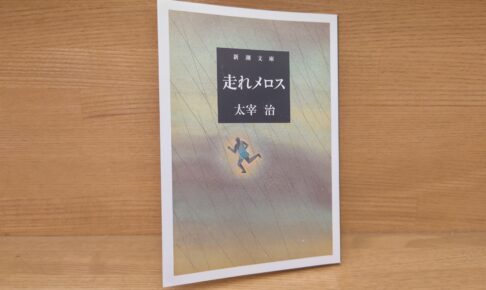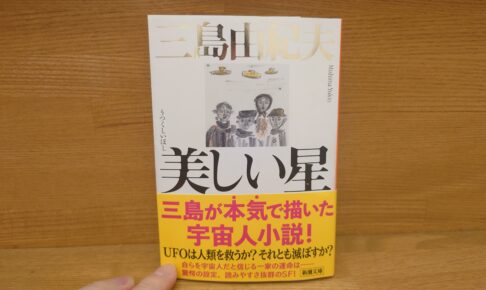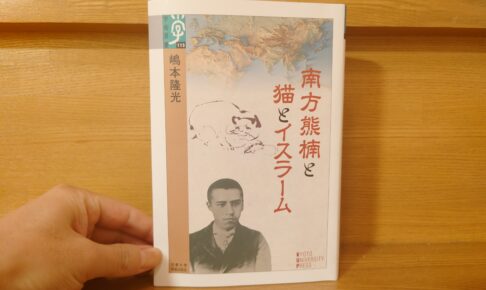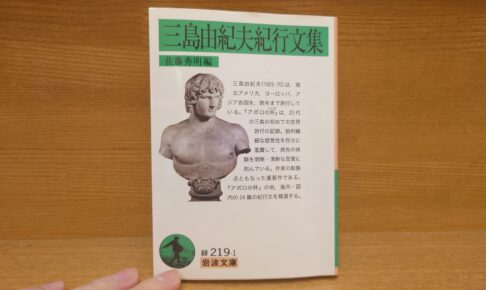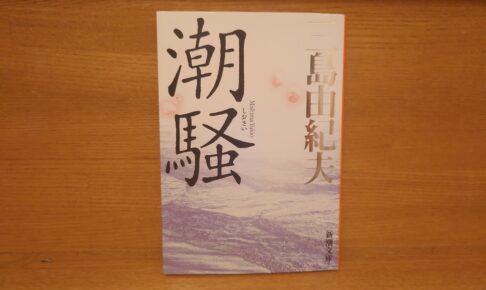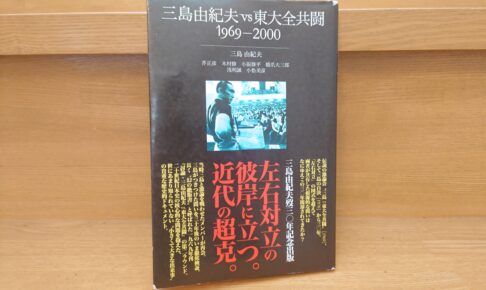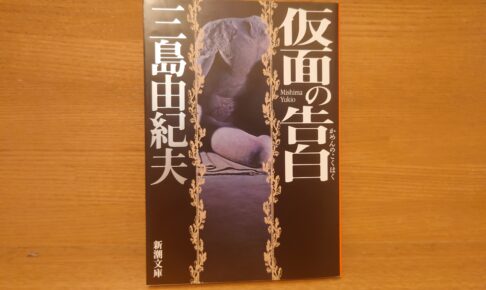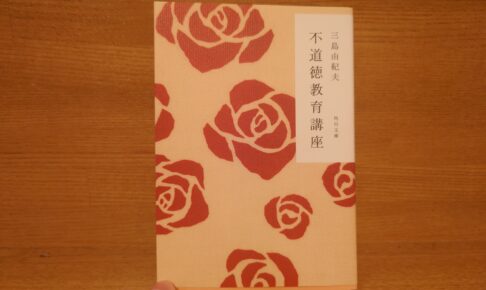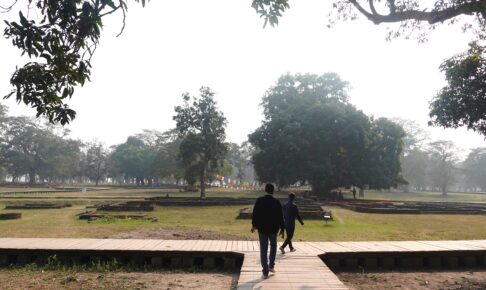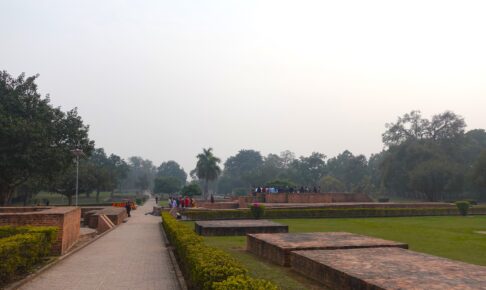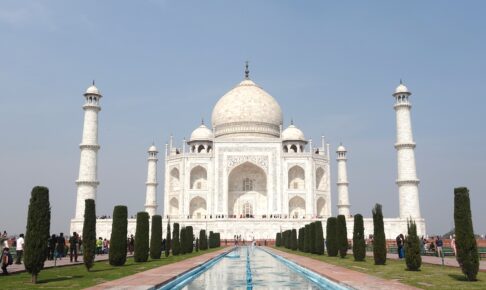Osamu Dazai's "Running Meros" Synopsis and Impressions - Reading this textbook classic as an adult..!
Running Meros" is indeed a cheerful work. However, when I think of Dazai's later life, I feel sadness at the brightness of the work. Because the idealistic worldview of "Run, Melos" is so beautiful, I feel that Dazai's downfall is foreseen in it.
Maybe this is the kind of thing that we feel more as we grow older and learn more about the many things in life. You will feel what this bright masterpiece throws at you after knowing the sour and sweet sides of life. This is truly a luxurious reading experience. Perhaps it is because you are an adult that you can enjoy "Running Meros.












